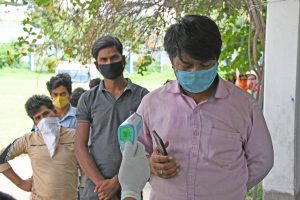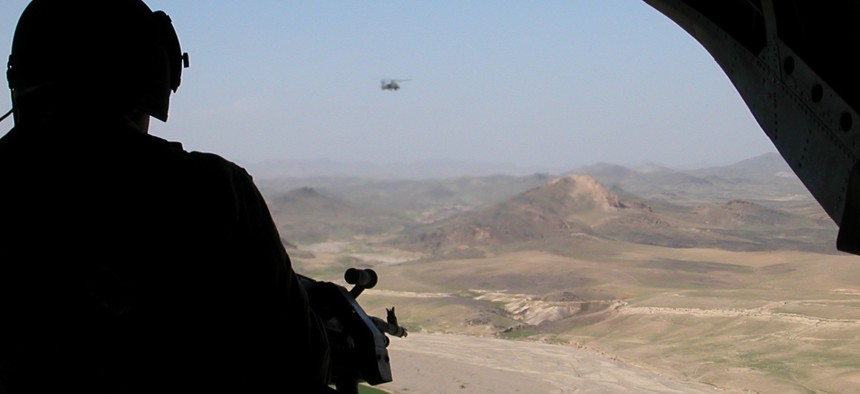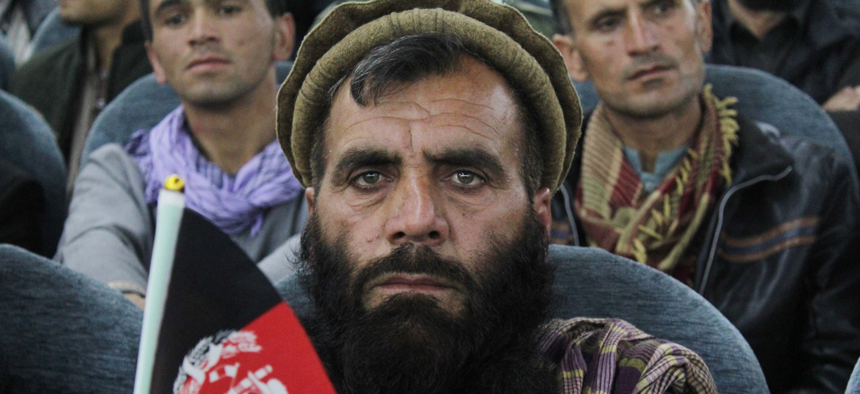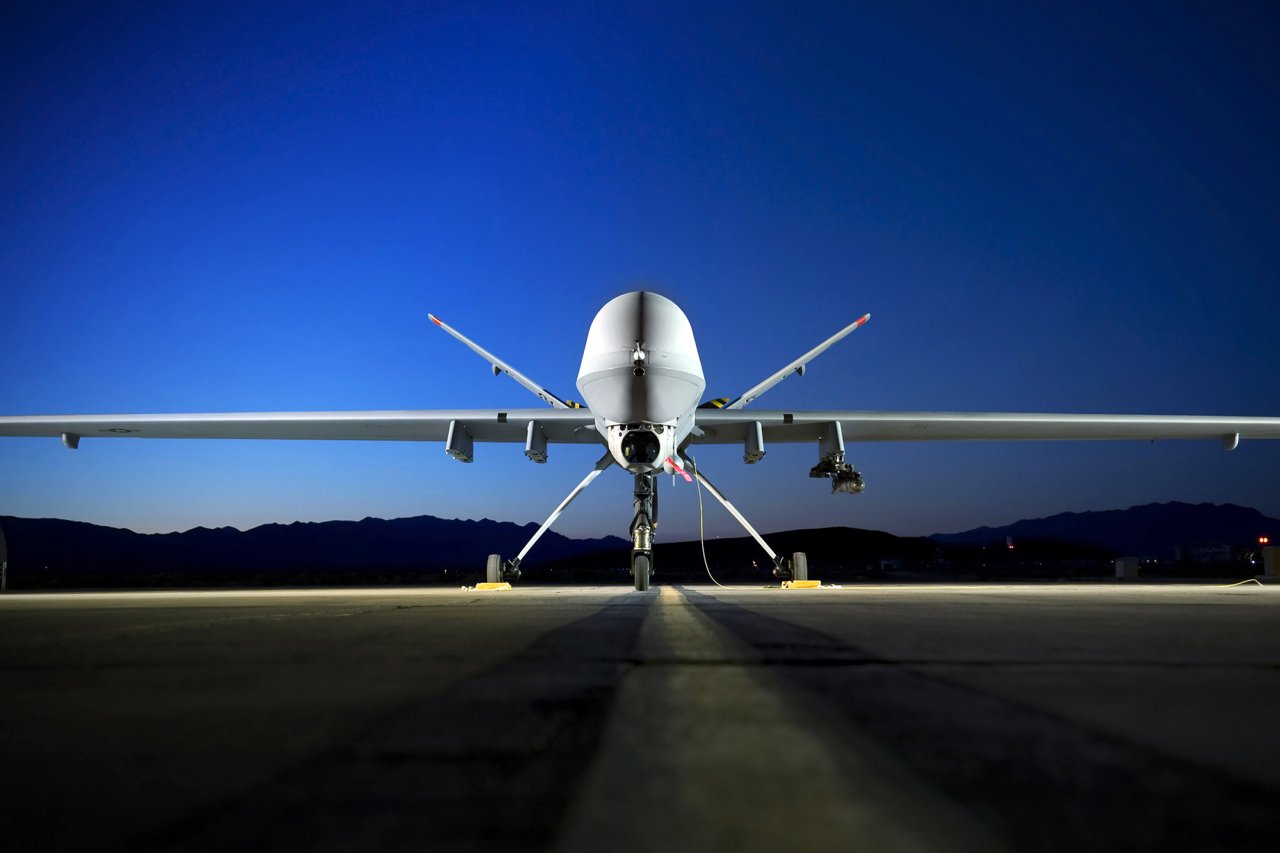Heather Cox Richardson
Today, President Joe Biden announced that by September the United States will withdraw the 2500 or so troops remaining in Afghanistan. We have been on a military mission in the country for almost 20 years, and have lost 2488 troops and personnel. Another 20,722 Americans have been wounded.
The U.S. invaded Afghanistan a month after the terrorist attacks of September 11, 2001—which killed almost 3000 people in New York, Virginia, and Pennsylvania-- to go after Osama bin Laden, who had been behind the attack. The Islamic fundamentalist group that had controlled Afghanistan since 1996, the Taliban, was sheltering him, along with other al Qaeda militants. Joined by an international coalition, the U.S. drove the Taliban from power, but its members quickly regrouped as an insurgent military force that attacked the Afghan government the U.S. propped up in their place. By 2018, the Taliban had reestablished itself in more than two thirds of Afghanistan.
In the years since 2001, three U.S. presidents have tried to strengthen the Afghan government to keep the nation from again becoming a staging ground for terrorists that could attack the U.S. But even a troop surge, like President Barack Obama launched into the region in 2009, could not permanently defeat the Taliban, well funded as it is by foreign investors, mining, opium, and a sophisticated tax system it operates in the shadow of the official government.
Eager to end a military commitment that journalist Dexter Filkins dubbed the “forever war,” the previous president, Donald Trump, sent officials to negotiate with the Taliban, and in February 2020 the U.S. agreed to withdraw all U.S. troops, along with North Atlantic Treaty Organization (NATO) allies, by May 1, so long as the Taliban stopped attacking U.S. troops and cut ties with terrorists.





/cloudfront-us-east-1.images.arcpublishing.com/mco/FL3UTGSZAVGYFJEL46DKDG47SI.jpg)








